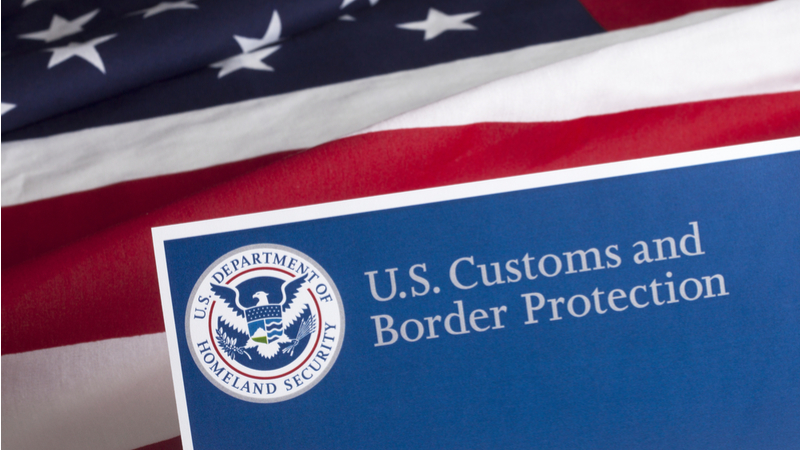
Kevin McAleenan, commissioner of the Department of Homeland Security’s U.S. Customs and Border Protection group, told lawmakers last week that CBP is investing to modernize infrastructure, ports of entry, and mobile technologies across its land-sea-air security operations.
In testimony to the House Homeland Security Committee’s border and maritime security subcommittee on April 25, Commissioner McAleenan explained how his vision for CBP’s future is rooted in rapid technology acquisition and rollout.
New Technologies
“Advanced detection and surveillance technology is a critical element of CBP’s multi-layered border security strategy,” McAleenan said in his opening statement to the subcommittee.
Firming up protection of the U.S. southern border has been one of the Trump administration’s most ardent promises, and it’s no surprise that CBP has seen it as ripe area for investment. Discussions of a “smart wall” have been ongoing, and McAleenan noted the agency’s most recent budget request calls for an interconnected border wall.
“The difference in cost of what we’re proposing now from what we built in 2006 or 2008 is that instead of just building a physical structure, we’re integrating the entire system: the sensors, the lighting, the cameras, and the access and patrol roads that we need to make it effective,” he said.
Emerging tech is also finding its way into systems for airport vetting. McAleenan said new technology deployed at Orlando International Airport aims to alleviate persistent staffing issues even as the percentage of international arrivals at the facility is increasing.
“We’ve been piloting facial recognition technology with Orlando and they are so impressed by the effectiveness that they’re looking at expanding that partnership with us,” McAleenan said. “I think facial recognition is going to take us to the next level on facilitating those entries.”
Across land, air, and sea ports, non-invasive scanning technologies are improving the agency’s ability to intercept illegal narcotics, he said, adding that CBP is using large-scale x-ray and gamma-ray imaging systems to detect contraband.
He also said CBP is undertaking a new study aimed at blunting the opioid epidemic. “It is attacking everything from the advanced data in the international mail environment to the technology we need to detect small vials of fentanyl,” McAleenan said.
Acquisition and Research
McAleenan said CBP is getting help from other parts of DHS and the private sector to speed technology research and procurement to address the broad range of its oversight duties.
“We’ve had a lot of innovation by working with DHS Science and Technology to try to access more innovative technologies that are being developed by startups,” McAleenan said. He said that effort has provided “a much faster cycle from identifying a capability…then contracting with the startup to start piloting it and ultimately apply it.”
The agency is introducing new biometric technologies to catalogue new arrivals at U.S. borders and to improve entry and exit. McAleenan said CBP also has a new contract for big data technologies to help analyze all trade information flowing into the agency.
Accessibility
That was a reminder that not all the new investments are aimed at detection and remediation. McAleenan said the agency is also making breakthroughs in facilitation of travel and trade.
“We are committed to making sure that travel is secure and straightforward,” he said, pointing to two new technology initiatives for the Visa Waiver Program. Participants can now track the amount of time remaining on lawful admission to the country, and CBP sends email alerts to travelers who are past due.
McAleenan also recognized a milestone in trade processing. CBP’s Automated Commercial Environment–ACE–uses modern platform technology to automate 269 different forms for reporting import and export data to more than 47 partner government agencies. Technology upgrades to ACE were finalized at the end of February.
“ACE has resulted in a 44 percent reduction in wait times for truck processing at land points of entry and 68 times faster processing of bonds,” McAleenan said.
